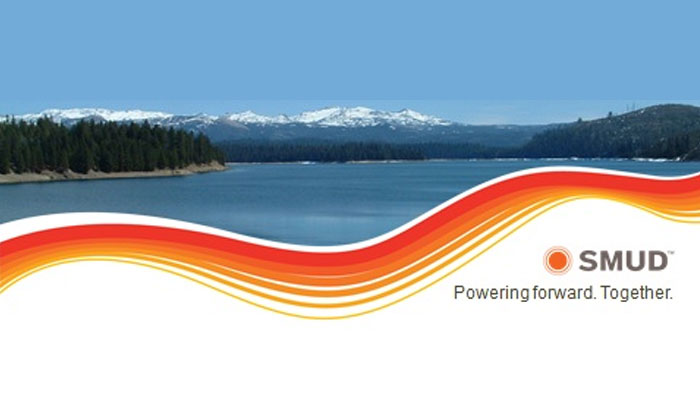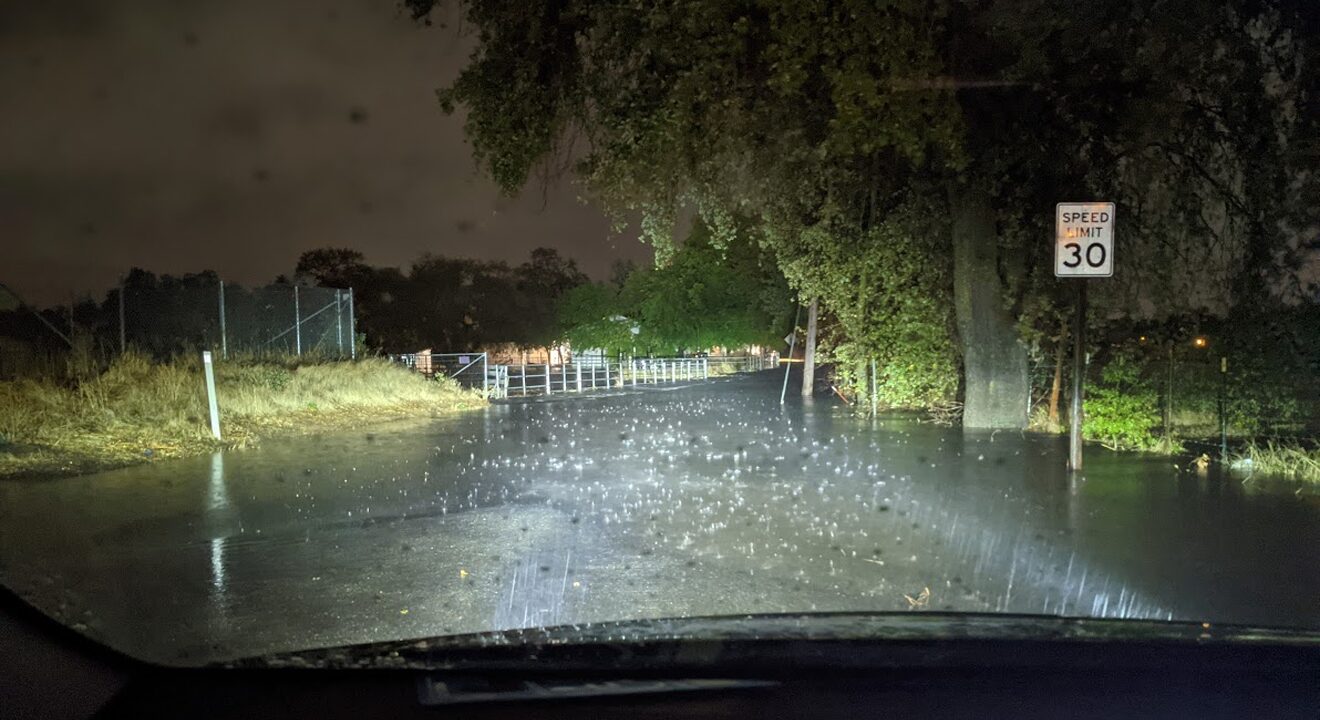
SMUD vegetation management crews have been busy clearing large areas of trees with high fuel loads and elevated fire risk under and near transmission lines in the Sierra Foothills. SMUD is now using digital technology to identify the trees and other vegetative growth in this area and in other areas that pose threats to public safety and to SMUD’s power system reliability.
The work is the latest in planned vegetation management work in El Dorado County that’s been going on for several years—starting at Loon Lake in the Crystal Basin area and continuing west through the Apple Hill region, then through areas north and east of Placerville, then west through Rescue. There are plans to expand further west through El Dorado Hills in 2019. The area is near homes, as well as vineyards, wineries and fruit orchards. Thousands of high fuel trees and other brush have been removed so far.
The latest part of the effort to clear these rights-of-way began after SMUD and area property owners got together to plan the work, which commenced in late October. More than 60 acres has been cleared so far in SMUD’s transmission corridor in the Mosquito Road area, just north of Placerville, and about 30 additional acres have been added as adjacent land owners have requested this also occur on their property to reduce fire risk.
By coupling what’s called Light Detection and Ranging (LiDAR) technology with what’s known as hyperspectral imagery, SMUD is now better able to identify trees proven to be historically associated with causing power outages and efficiently and strategically pin-pointing those trees for pruning or removal that are within defined clearance limits of SMUD’s power poles, towers and lines. LiDAR is an aerial surveying method used to make high-resolution maps. It measures distance to a target by illuminating it with an FAA-approved pulsed laser light and measuring the reflected pulse—like SONAR but with light instead of sound— producing digital 3D pictures of the target. For SMUD, the collected LiDAR data, which is engineering grade, is processed using computer analytics to develop a 3D model of trees near SMUD’s towers, poles, lines and other assets as well as associated geographic features.
Hyperspectral imaging collects and processes information across the electromagnetic spectrum. It obtains the spectrum for each of the millions of pixels in an image—in SMUD’s case, the landscape, with the purpose of finding and identifying objects like trees near electrical equipment. The imaging technology is even capable of identifying chlorophyll, which makes plants green. Combine it all digitally and the result is a measurement of plant health, which is utilized to identify potential hazards from weak, dying or dead trees, the result of years of drought.
“Managing trees, bushes and other brush near our lines goes a long way in keeping our system reliable, especially near transmission lines that feed the SMUD grid,” said SMUD Chief Energy Delivery Officer Frankie McDermott. “This technology saves us time, effort and money in helping us quickly determine which trees need to be cut or pruned, and which can be left alone.”
SMUD’s comprehensive approach to vegetation management using industry best practices has delivered life- and property-saving results, helping firefighters control the King Fire in 2014, which impacted SMUD’s transmission lines near Camino. A key turning point in the battle to control the wildfire came as SMUD’s already-managed transmission line rights-of-way provided critical fire breaks for firefighters to stop the fire’s spread. CAL FIRE officials publicly acknowledged SMUD’s vegetation management programs as critical factors in protecting the foothill communities of Camino, Pollock Pines and Apple Hill from the catastrophic King Fire.
SMUD also manages trees and brush below and near clearances in the neighborhoods and communities in the SMUD service territory. Every area in the service territory with overhead lines on poles is assessed at least every 36 months. Some trees grow faster than expected, so SMUD also performs a mid-cycle patrol at the 18-month mark ensuring all trees near lines are in compliance. Any potential situation that can cause an outage or safety issue is prioritized and addressed to ensure public safety and reliability.
While trees are beautiful and provide excellent natural benefits including comfort and energy savings from the shading canopy, their growth needs to be managed in an environmentally friendly way. The elected SMUD Board of Directors lists Environmental Stewardship as one of SMUD’s Core Values. SMUD’s “Do No Harm” edict coincides with public safety and electric reliability. SMUD has also been recognized by the Right- of-Way Stewardship Council (ROWSC) for demonstrated excellence in managing the vegetation growth near the SMUD electrical system.
For more information about SMUD and its vegetation management programs, visit SMUD.org.

















